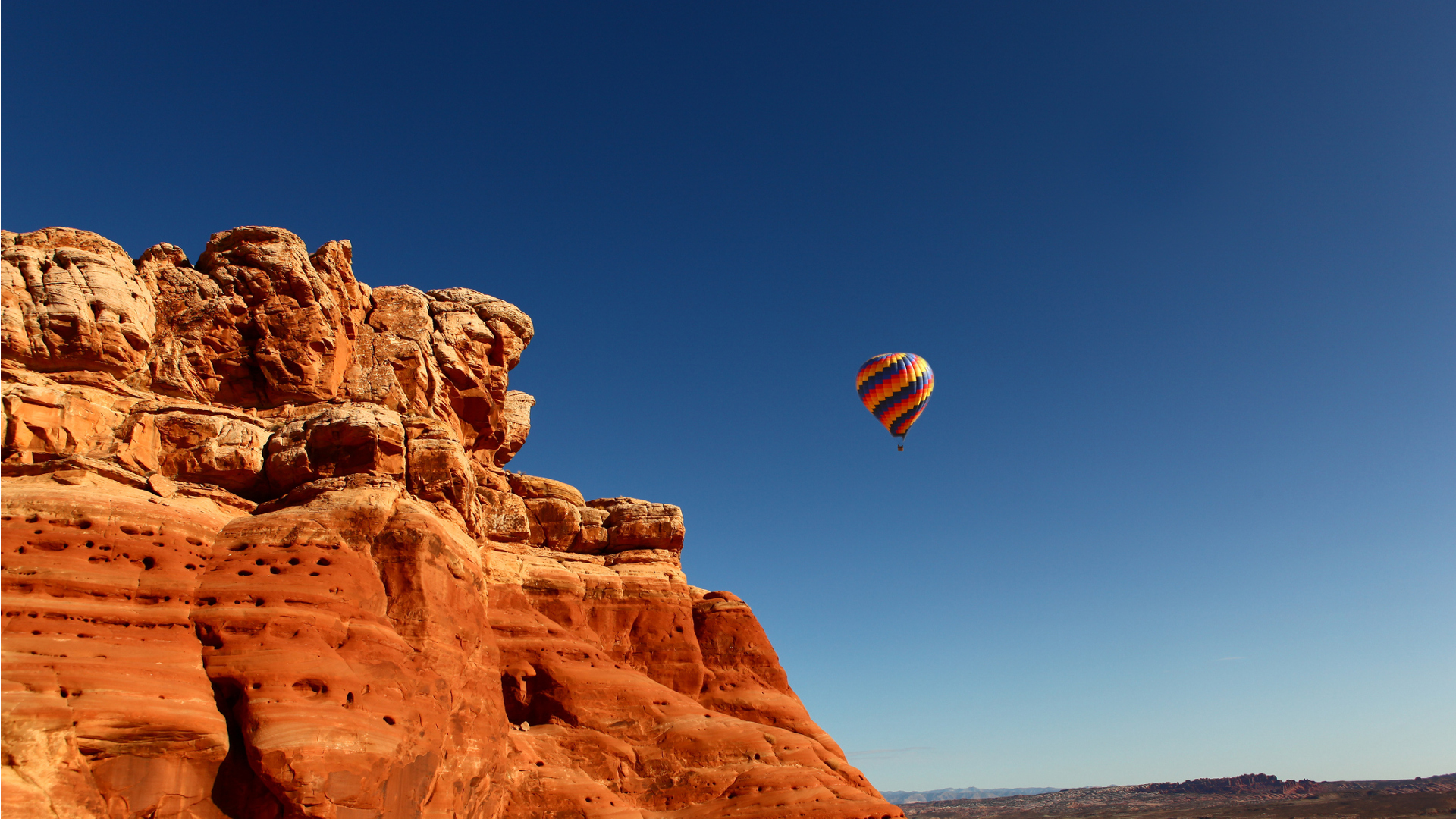Each year, America’s national parks and monuments welcome more than 330,000,000 visitors. Whether you're visiting geysers or canyons, traveling with family or solo, here’s what you need to know to be prepared and save money on your next national park trip.
Know when to go
Like we said, the parks are popular, which also means they get crowded, especially in the summer months. Parks in all regions of the country become notably packed when kids are not in school, so opt to visit during one of the “shoulder” seasons—typically late spring or early fall. You’ll also experience more pleasant temperatures during those months, specifically in destinations where the weather can be dangerously hot in the summer, like Arizona’s Grand Canyon and Utah’s Zion National Park. If summer is your only option, look into whether you can book tickets to parks and attractions in advance. It’ll save you time.
Make a schedule before you arrive
Some parks are rather large and impossible to see completely in a day or two. If your time is limited, plan ahead and decide what is a must-see. The National Parks Service website allows you to explore some attractions and trails virtually so you can get a feel for what you want to see and do ahead of time. Upon arrival, check in with the park rangers at the visitor center for the best and most up-to-date information for your trip. Don’t forget to pack a map or grab a guidebook (or download an online version for offline use; we like Chimani)—cell service can be spotty inside a lot of parks and aren’t always reliable.
Pack light, with the elements in mind
We recommend traveling light. Dressing in layers is always a good idea when you’re spending a good chunk of your day outdoors. A lot of parks, especially those at higher elevations, can get pretty cool in the early morning and at night, despite high temps during the day. Make sure you have the right shoes for your trip. If you’re hiking, leave the flip-flops and sandals at home and pack hiking shoes or boots instead. These Columbia trail shoes worked really well for an early summer trip to some parks out west.
Here’s what else you’ll need: sunscreen and a hat, a refillable water bottle, an extra USB charger, a flashlight or a headlamp, binoculars, and a basic first-aid kit. You’ll also need a sturdy backpack to store everything in. This lightweight canvas flap pack from Tchoup Industries is surprisingly roomy. Plus, it’s durable and water repellent, which came in handy on our trip. Some destinations require more specific gear. For instance, if Zion is on your itinerary, you may want to inquire about rentals at a local outfitter for hikes like The Narrows, where you’ll want water-proof shoes and a walking stick.
Plan your shots in advance
Of course, you’ll also need to pack a camera—or at least a smartphone (if there aren’t pics, it didn’t happen, right?). Here’s where the extra USB charger comes in handy. A day of snapping and editing (we’ll get there) photos all day will drain your battery quickly. If you’re traveling solo, you might want to also pack a Bluetooth smartphone tripod. But leave the drone at home. It’s illegal to launch, land, or operate unmanned aircraft in all U.S. national parks. To capture the perfect picture, start by checking the weather forecast when you arrive and plan out the best shots for cloudy, sunny, or rainy days. Scan the postcard rack at the visitors center for Insta inspiration. Take your time, try shooting at different angles, and always ask for permission when taking photos of strangers. You can jazz up your pics with a little in-phone editing on-the-go. Our favorite app for that is Snapseed.
Consider a tour
Choosing a packaged tour can take a lot of the stress and guess work out of planning a national parks trip. On-trip transportation, hotel stays, park admission, and some meals are typically included in one up-front price. Plus, the guides are extremely knowledgeable and experienced. The preset, packed schedule usually enables you to visit multiple parks and monuments in one trip. Trafalgar, for instance, offers 7- to 15-day itineraries with day-long stops in many top parks from $1,700 per person. Their 8-day Trailblazer, which we joined earlier this summer, visits The Grand Canyon, Bryce Canyon National Park, and Zion National Park and makes additional stops in Sedona, Monument Valley, and Lake Powell.
Know how to save
A national parks trip can be a surprisingly cost-effective vacation. If you’re planning to visit more than one park in a year, consider an annual pass. Some parks don’t charge an entrance fee, but most of the popular ones do. For $80, the America the Beautiful pass can get you and your car-full into any park that charges a fee for one year after purchase. High-traffic parks, like the Grand Canyon, Zion, and Bryce are $35 per vehicle for a seven-day pass. Once inside the park, there are presentations, ranger-led activities, and kid-friendly programs that are all complimentary. Adventurous travelers can save some money by opting to camp but be sure to make arrangements in advance. Backcountry camping is usually free or pretty cheap (think: $5 per person) but requires a permit. Tent-only campground sites average around $20 per night for most parks. If camping isn’t your style, a stay at a major national park lodge can run $200 per night. You can also stock up on snacks and meals from nearby grocery stores to avoid paying for more costly restaurant meals.







